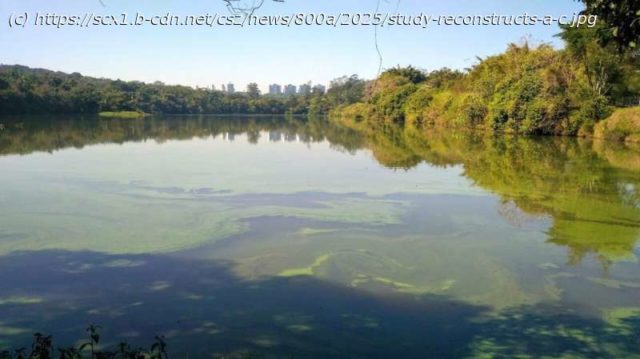The history of metal pollution in the city of São Paulo, the largest metropolis in Brazil and the Southern Hemisphere, can be read in the layers of sediment accumulated over the last century.
The history of metal pollution in the city of São Paulo, the largest metropolis in Brazil and the Southern Hemisphere, can be read in the layers of sediment accumulated over the last century.
Using paleolimnology—a method that allows the reconstruction of past environmental changes based on sedimentary evidence—researchers reconstructed a century of metal pollution in the capital of the state of the same name from samples collected in the Garças Lake, in the Ipiranga Fountains State Park (PEFI). The study showed a strong correlation between industrialization, population growth and the increase of this type of pollutant.
The results are published in the journal Environmental Science and Pollution Research.
The scientists analyzed the concentrations of eight metals—cobalt, chromium, copper, iron, manganese, nickel, lead and zinc—at the bottom of the reservoir, whose sediments have been recorded for about a hundred years.
«Everything that happens in a drainage basin ends up somehow being recorded in the sediments of aquatic environments. We chose Garças Lake because it had never been dredged, which allowed us to preserve the historical sequence of pollutant deposition», says Tatiane Araujo de Jesus, coordinator of the Ecological Engineering Systems Laboratory at the Federal University of ABC (UFABC) and first author of the article.
The researchers used divers to collect sediment cores. These cores are vertical cylinders of deposited material from the bottom of the lake. Since carbon-14 is not suitable for dating relatively recent samples, the layers were dated using lead-210. The physical principle is the same as for carbon-14: the radioactive decay of the isotope.
«Lead-210 has a half-life of approximately 22.
Домой
United States
USA — IT Aquatic sediment layers reveal 100 years of metal pollution in São Paulo,...






